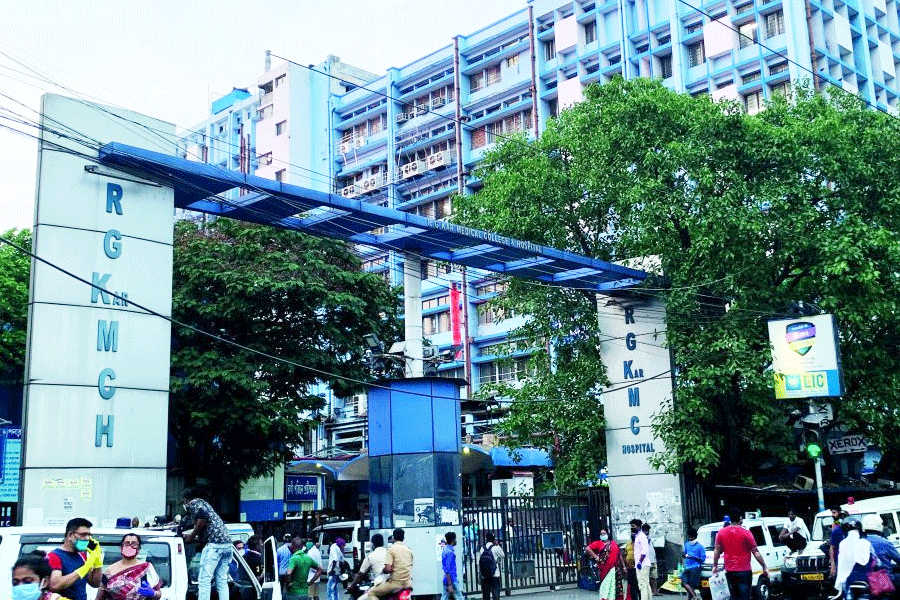America’s most distinguished museum has been plunged into a diplomatic firestorm by plans to display the Enola Gay, the World War II aircraft that dropped the atom bomb on Hiroshima, without any mention of casualties inflicted on the ground.
The B-29 Enola Gay is prepared for public display at the Smithsonian’s Air and Space Museum. Japanese survivors have called on the Smithsonian Institution to scrap plans to display the giant B-29 Superfortress, the centrepiece of a new air and space exhibition just outside Washington.
City officials from Hiroshima said they were also considering a formal complaint about the display, which is to focus narrowly on the technological achievement of the first A-bomb drop.
The Hiroshima Hidankyo and the Gensuikyo, the two main victims’ associations, have sent an e-mail to Gen. Jack Dailey, the director of the Smithsonian Air and Space Museum, requesting that the exhibition be stopped.
The letter said: “The display rationalises the bombing and as such it is absolutely unforgivable….
“Atomic bombs massacre civilians indiscriminately and are weapons that cannot be justified in humanitarian terms. Even now, many victims continue to suffer the after-effects.”
A Hidankyo spokesman said: “I cannot even bear to hear the name (Enola Gay) so this exhibition is hard to accept.”
Survivors’ complaints have ranged from talk of insensitivity to claims that the US is using the restored aircraft to advance an agenda of nuclear aggression.
Akito Suemune, 76, the director-general of the Hiroshima Council Against Atom and Hydrogen Bombs, said: “We don’t believe the display is for the purpose of technology.”
He added: “The exhibition is seen as a campaign by the US authorities to support the use of atomic bombs and show off its nuclear power.
“As survivors, we cannot let the exhibition go ahead.”
Although the Enola Gay — which was named after the pilot’s mother — arguably changed the course of history, the aircraft as a whole has not been seen in public since 1960, when it was dismantled.
Yet even hidden away in storage, the huge machine, with its 141 ft wingspan, attracted controversy.
An earlier exhibition centred on the Enola Gay in 1995 sparked political outrage, as veterans groups and the US Senate accused the exhibit of over-emphasising Japanese casualties.
Museum curators bowed to demands to stress the number of lives the A-bomb saved by bringing World War II to a swift end, and removed artefacts recovered from the bomb site in Hiroshima.
A simple display of a section of the aircraft’s fuselage lasted three years, before it too was withdrawn.
Now, after a 19-year restoration, the entire aircraft is to go on display, returned to the exact condition it was on “mission day”, down to the special vacuum tubes in its radio sets.











